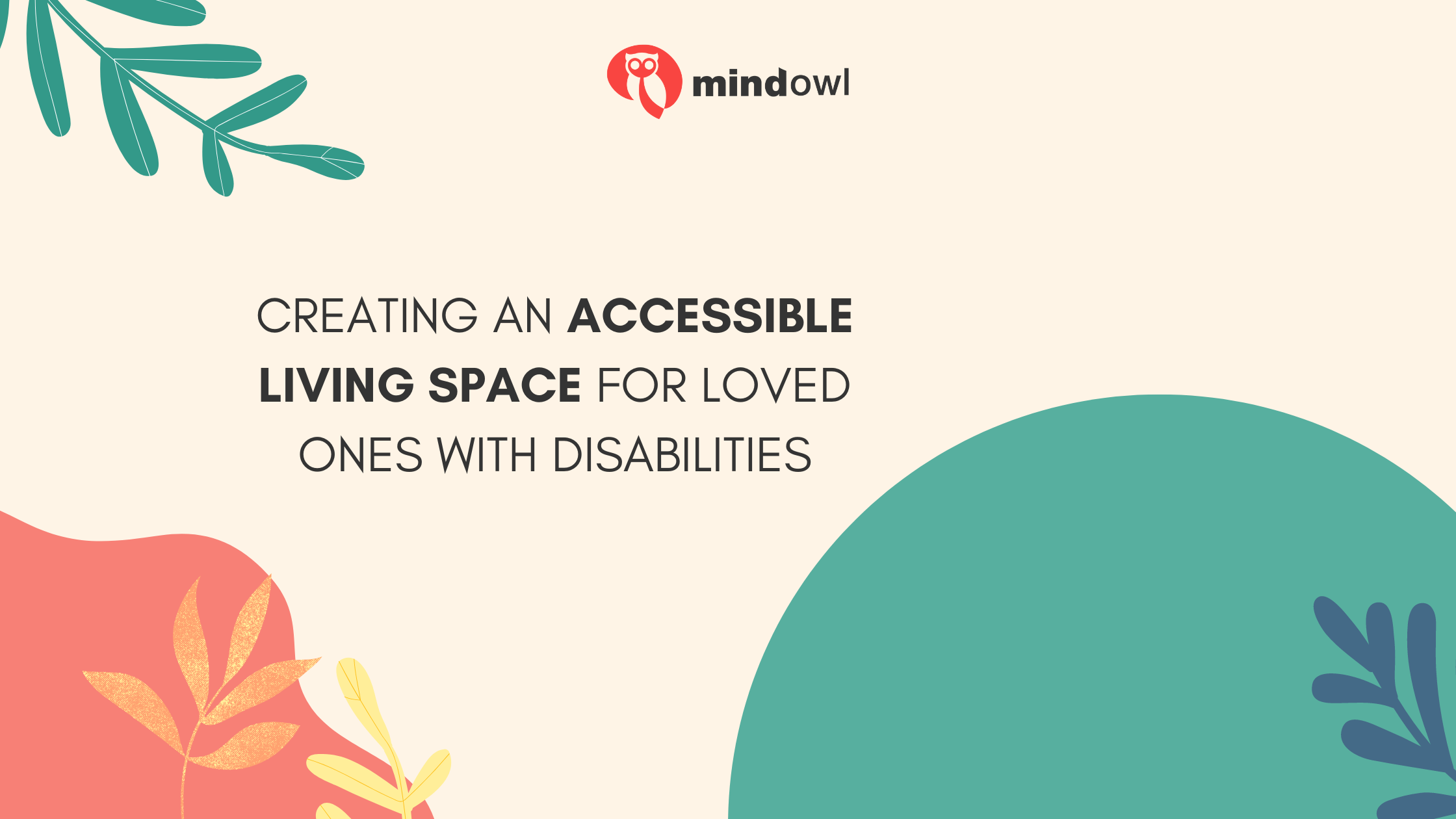Creating a home that accommodates the needs of loved ones with disabilities is not just about accessibility – it’s about ensuring comfort, safety, and independence. Whether you’re modifying an existing space or designing a new one, thoughtful planning can make a world of difference. Here are key steps to help you create an accessible living space that enhances the quality of life for everyone involved.

Ensuring Comfortable Living Spaces
Ensure furniture placement allows for smooth movement and clear pathways. Consider adjustable beds, remote-controlled lighting, and smart home technology for added convenience. Opt for flooring that reduces noise and minimizes tripping hazards. To ensure comfortable living spaces, StiltzHealthCare provides innovative solutions tailored to meet diverse accessibility needs. Personalized adjustments such as sensory-friendly décor can also contribute to a calming environment.
Understanding Mobility Needs
The first step in creating an accessible living space is understanding the specific mobility needs of your loved one. Consider factors such as wheelchair accessibility, ease of movement, and the need for support devices like grab bars or ramps. Wide doorways and corridors are essential for wheelchair navigation, and non-slip flooring can prevent falls. By assessing these needs, you can tailor your modifications to enhance both safety and independence.
Consulting with an occupational therapist or OT proficient in prescribing home modifications can provide invaluable insights. OTs can evaluate the living environment and suggest specific changes that cater to your loved one’s unique requirements. They can recommend adjustments such as lowered countertops for wheelchair users, strategically placed grab bars for stability, and improved lighting to enhance visibility.
Adapting Entry Points
Entry points to the home should be prioritized for accessibility. Install ramps with gentle slopes instead of stairs, ensuring they are wide enough for wheelchairs. Automatic door openers or lever-style handles can make entry easier for those with limited dexterity. Adequate lighting and clear signage further assist navigation, especially at night or for those with visual impairments.
Installing Ramps
Ramps should be constructed with careful consideration of their gradient and width to ensure they meet accessibility standards. Ideally, ramps should have a slope of no more than 1:12, meaning for every inch of height, there should be at least 12 inches of ramp length. This gentle slope allows for easy navigation for wheelchair users and those with mobility aids. Additionally, ensure ramps have non-slip surfaces to prevent accidents, especially during inclement weather.
Automatic Door Openers
Installing automatic door openers can significantly enhance accessibility, especially for individuals with limited upper body strength or dexterity issues. These openers can be activated by sensors, buttons, or remote controls, allowing users to open doors without physical effort. When selecting door openers, consider their durability and reliability to ensure consistent functionality. Additionally, doors should have lever-style handles instead of knobs, as they are easier to grasp and turn for people with arthritis or limited hand strength. Properly maintained doors and openers ensure smooth entry and exit for everyone in the household.
Enhanced Lighting and Signage
Well-lit entryways are crucial for visibility, particularly for those with low vision or visual impairments. Install motion-activated lights or sensor-based lighting systems that illuminate pathways automatically when someone approaches. Ensure outdoor lighting is evenly distributed and glare-free to prevent discomfort or confusion. Clear signage with large, high-contrast lettering should also be placed near entry points, indicating the location of ramps, door openers, and emergency exits. This helps individuals navigate independently, even in unfamiliar surroundings.
Security and Access Control
Consider integrating security features that maintain accessibility without compromising safety. Smart locks with keypad entry or keyless fobs offer convenient access while eliminating the need for traditional keys, which can be challenging for individuals with hand mobility issues. Ensure that security systems include visual and auditory alerts to notify occupants of visitors or emergencies. It’s essential to balance security measures with accessibility to create a welcoming and secure environment for all residents.
Accessible Kitchen and Dining Areas
The kitchen and dining areas are central to daily living. Lower countertops and sinks accommodate wheelchair users, while lever-handled faucets and pull-out shelves enhance accessibility. Consider adjustable-height cabinets and appliances with front controls for ease of use. Dining spaces should have ample maneuvering room and seating options that cater to individual needs.
Creating Barrier-Free Bathrooms
Bathrooms pose unique challenges, but thoughtful design can greatly improve accessibility. Install roll-in showers with grab bars and fold-down seats. Non-slip flooring and handheld showerheads add further safety. Adjustable height vanities and toilet seat risers ensure comfort and independence. Accessible storage solutions and easy-to-reach toiletries complete a functional, barrier-free bathroom.
Safety and Emergency Preparedness
Safety is paramount in an accessible home. Install smoke detectors and carbon monoxide alarms with visual and auditory alerts. Maintain clear emergency exits and ensure pathways are free from clutter. Consider accessible storage solutions for emergency supplies. Educate household members on emergency procedures tailored to accommodate everyone’s needs.

Image source: https://unsplash.com/photos/woman-in-brown-button-up-shirt-holding-white-smartphone-TeWwYARfcM4
Creating an accessible living space for loved ones with disabilities is a compassionate and practical endeavor. By prioritizing their specific needs and incorporating thoughtful design elements, you can enhance their daily living experience while promoting independence and dignity. Remember, accessibility is not just about physical modifications but also about fostering inclusivity and a supportive environment within your home.
MindOwl Founder – My own struggles in life have led me to this path of understanding the human condition. I graduated with a bachelor’s degree in philosophy before completing a master’s degree in psychology at Regent’s University London. I then completed a postgraduate diploma in philosophical counselling before being trained in ACT (Acceptance and commitment therapy).
I’ve spent the last eight years studying the encounter of meditative practices with modern psychology.

